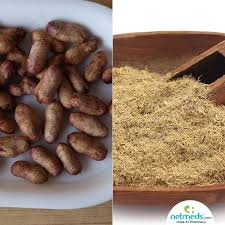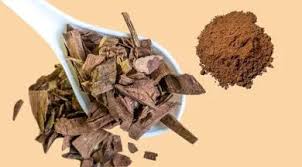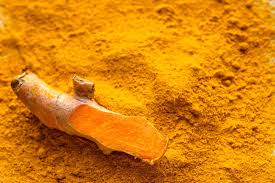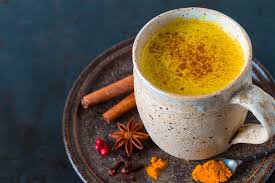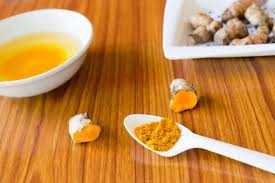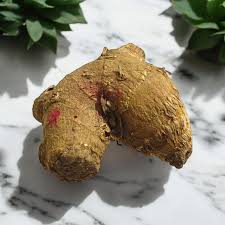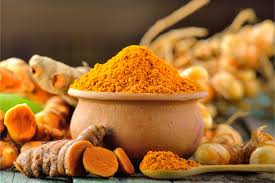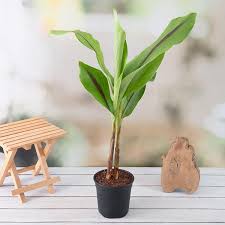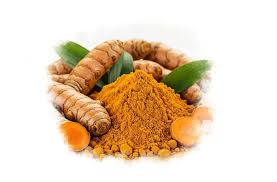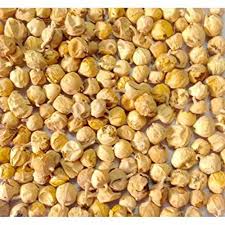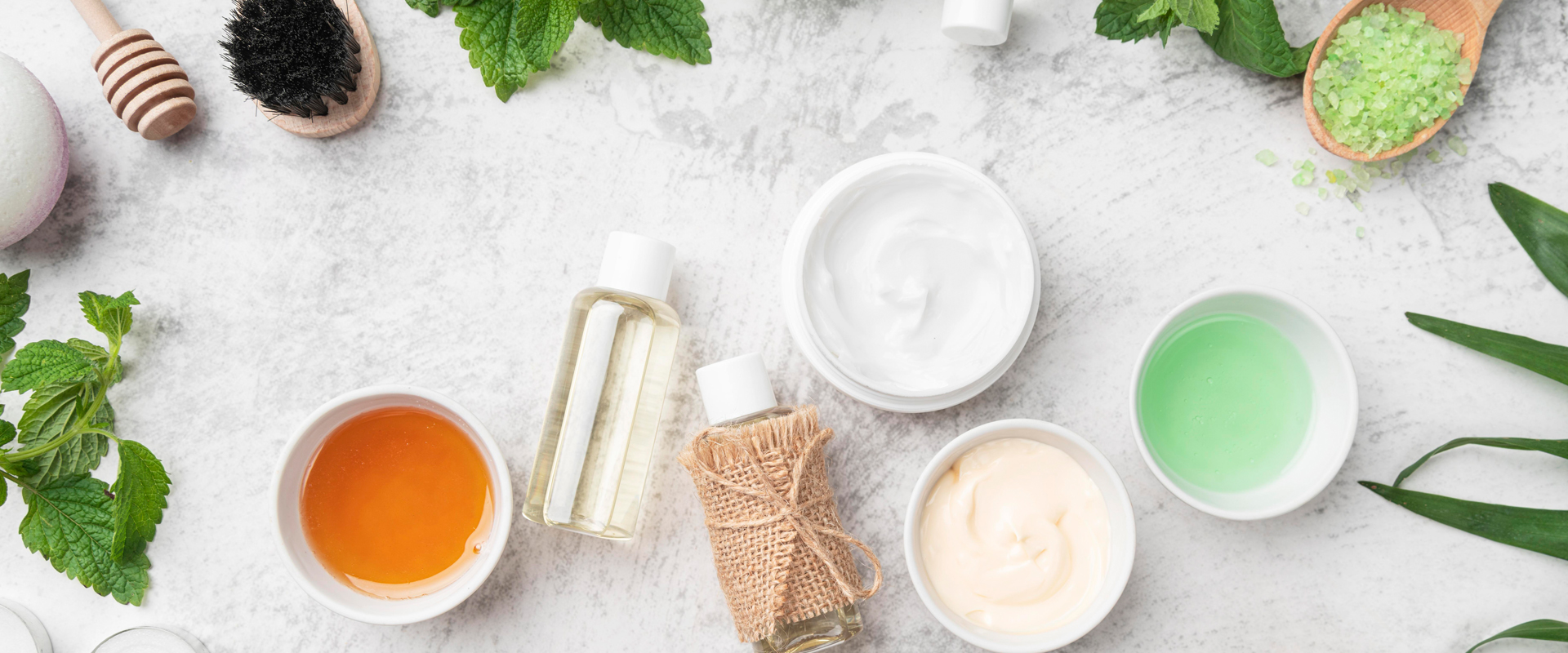
The Role of Jadi Buti in Ancient Vedic Texts
Since ancient times, Jadi Buti (medicinal herbs) have played a crucial role in Vedic traditions, Ayurveda, and holistic healing. The Vedas—India’s oldest scriptures—describe herbal remedies for health, spiritual growth, and longevity. From the Rigveda to Atharvaveda, various herbs were revered for their divine properties and ability to cure diseases, enhance meditation, and boost immunity. This article explores the significance of Jadi Buti in ancient Vedic texts, how they were used in Ayurveda, rituals, and spiritual practices, and their relevance in modern times.
Long Description
1. Mention of Jadi Buti in the Vedas
The Vedas (Rigveda, Yajurveda, Samaveda, and Atharvaveda) contain detailed references to herbs and their healing properties. Some of the most significant mentions include:
- Rigveda (Oldest Veda – 1500 BCE)
📜 Mentions Soma, a sacred plant known for its rejuvenating & energizing properties.
📜 References to Ashwagandha, Brahmi, and Guduchi for boosting strength, memory, and immunity. - Yajurveda
📜 Describes the spiritual & medicinal uses of herbs in fire rituals (yagnas).
📜 Herbs like Tulsi and Sandalwood were used for purification and healing. - Samaveda
📜 Focuses on musical chants for healing, where herbs were burned as offerings.
📜 Frankincense & Myrrh were used for cleansing the mind & enhancing meditation. - Atharvaveda (The Book of Ayurveda)
📜 Contains hundreds of herbal remedies for diseases, mental health, and longevity.
📜 Neem, Turmeric, Amla, and Licorice were used for detoxification and healing infections.
2. Jadi Buti in Ancient Ayurveda
The knowledge of Jadi Buti in the Vedas laid the foundation for Ayurveda, India’s ancient medical system. Some key herbs and their significance include:
🌿 Ashwagandha (Withania somnifera) – Known as Rasayana (rejuvenator), used for strength, stress relief, and vitality.
🌿 Brahmi (Bacopa monnieri) – Mentioned in Atharvaveda for memory enhancement and brain health.
🌿 Tulsi (Holy Basil) – Referred to as the “Queen of Herbs”, used for immunity, detoxification, and spiritual purification.
🌿 Guduchi (Giloy) – Called “Amrita” (nectar of immortality), used for boosting immunity and reducing inflammation.
🌿 Haritaki (Terminalia chebula) – Known as the “King of Herbs”, promotes digestion and longevity.
🌿 Neem (Azadirachta indica) – Used for purifying blood, healing skin, and preventing infections.
🌿 Turmeric (Haldi) – Described as “Golden Medicine”, used for anti-inflammatory and antibacterial properties.
3. Spiritual & Ritual Significance of Jadi Buti
In Vedic traditions, herbs were not just used for medicine but also in spiritual rituals, yagnas (fire sacrifices), and meditation.
🔹 Sandalwood & Tulsi – Used in prayers and meditation for calming the mind.
🔹 Frankincense & Guggul – Burned in temples to purify the air and remove negativity.
🔹 Kusha Grass – Used in Vedic rituals & Yoga for enhancing spiritual energy.
🔹 Soma (mystical herb) – Mentioned in Rigveda as a drink for divine consciousness.
4. Modern Relevance of Jadi Buti
Even today, Ayurvedic practitioners and herbal medicine experts continue to use Jadi Buti for natural healing. Some modern applications include:
✔ Ashwagandha & Brahmi for stress relief
✔ Neem & Turmeric for skin care
✔ Amla & Giloy for immunity
✔ Tulsi & Ginger for respiratory health
✔ Triphala (Haritaki, Bibhitaki, Amalaki) for digestion
People are now rediscovering Vedic herbal wisdom and incorporating these powerful Jadi Buti into their daily lives for a holistic and balanced lifestyle.
Conclusion
The Vedas and Ayurveda provide a rich heritage of herbal knowledge that continues to guide natural healing practices today. The wisdom of Jadi Buti, passed down through generations, remains a powerful tool for health, spirituality, and well-being.
By integrating ancient Vedic remedies into our modern lifestyles, we can achieve a balanced, healthy, and harmonious life. 🌿✨


